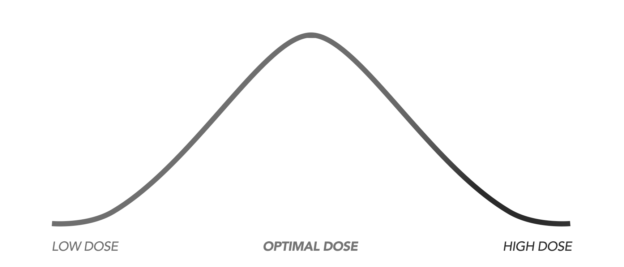
Over the last few years there has been increasing interest in treating hypothyroidism with light. Dr Ray Peat has spoken about the beneficial effect of red light for many years. Since the 1990s there have been a number of very successful studies using narrow bands of red or near infrared light to treat hypothyroidism in humans and animals.
The purpose of this article is to look at the published data in this field (photobiomodulation in the treatment of hypothyroidism) and see how this could be applied to relatively cheap LEDs. Many people have taken to using these devices but it seems that most don’t take a lot of notice of the data from the studies. Dosing is a key factor in photobiomodulation and more is not necessarily better.
Photobiomodulation is one of the terms used for treatments using low levels of red or near infrared light. This article is designed to look at some of the metrics and see if it is possible to use home devices to treat hypohtyroidism, and if so how to closely design the dosing parameters to match with the successful studies. Many leaps must be made because different hardware is used in the studies, thin laser beams or pulsed high power lasers. There is no doubt that LEDs work in general for photobiomodulation, there is doubt about how to translate dosing data from laser to LED devices.
See the link below for the full article. (Formatting the post with images and links on steemit is extremely inefficient).
http://www.resonantfm.com/light-treatment-of-hypothyroidism-is-it-possible-with-leds/
Hi! I am a robot. I just upvoted you! I found similar content that readers might be interested in:
http://www.resonantfm.com/light-treatment-of-hypothyroidism-is-it-possible-with-leds/
Downvoting a post can decrease pending rewards and make it less visible. Common reasons:
Submit